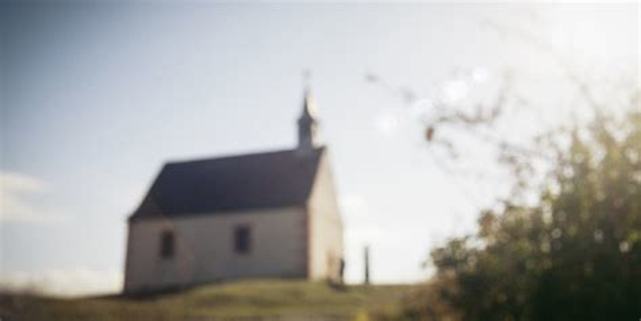|
As late as 1850, the premier Southern statesman John C. Calhoun, in a speech delivered to Congress stated, “The cords that bind the States . . . are [in large part] spiritual or ecclesiastical.” Unfortunately, it was the snapping of these cords that eventually led to war. Historical contemporary Rev. A.A. Porter maintained, “[The] present revolution is the result of their [the church’s] uprising. Much as is due to many of our sagacious and gifted politicians, they could effect nothing until the religious union of the North and South was dissolved, nor until they received the moral support and co-operation of Southern Christians.” Confederate Gen. Thomas R.R. Cobb, a Presbyterian, made the same point in 1862, stating, “This revolution has been accomplished mainly by the churches.” Before 1837, when the first of the denominational splits occurred in the Presbyterian church, the widening theological gap was evident. One of the best ways to observe this divergence is by examining the opposite reactions each region had toward the flood of European rationalism and Higher Criticism that washed up on American shores in the 19th century. The North (especially the Northeast) readily welcomed humanistic ideas in the form of new religions and denominations. Such groups as the Unitarians, Transcendentalists, Quakers, Universalists, and Shakers, as well as utopian schemes such as the Oneida Community and Brook Farm, found fertile soil exclusively north of the Mason-Dixon line. In 1785, King’s Chapel in Boston became the first American church to adopt a Unitarian liturgy. It wasn’t long until other regional churches followed suit, “Bishop Burgess has said that in 1843 there were one hundred and thirty Unitarian Congregational churches in Massachusetts, hardly twenty of which were Unitarian in their origin.” 19th century Unitarian minister George Willis Cooke informs us that: Of the period from 1826 to 1832, when Dr. Lyman Beecher father of Harriet Beecher Stowe] was settled in Boston, Mrs. Stowe has given this testimony: ‘all the literary men of Massachusetts were Unitarian; all the trustees and professors of Harvard College were Unitarian; all the elite of wealth and fashion crowded Unitarian churches; the judges on the bench were Unitarian.’ Such drastic developments were a result of Enlightenment trends in Europe. Educators like Joseph Stevens Buckminster infiltrated Northern universities, ushering in an era of German Higher Criticism. Harvard University itself went Unitarian with the election of Reverend Henry Ware as Hollis Professor of Divinity in 1805, an event that “not only [made it] the seat of liberalism but also, by necessity, the seat of anti-Calvinism.” Even the First Church in Boston, founded by John Winthrop, became Unitarian under the guidance of Jonathan Edwards’s opponent, Charles Chauncy. Both Unitarianism and Transcendentalism – which had also become extremely wide-spread – share at their core the belief that man is innately good and morally perfectible through education and social reform. Reason is placed above revelation, with the result being man’s devaluation.
0 Comments
Leave a Reply. |
AuthorJoseph Jay grew up in the Northeast but frequently went on family trips to the Deep South as a boy. It was on these trips that Joseph visited Civil War battlefields and became enamored with Southern history and culture. Joseph dedicated his life to Christ at a young age and became involved in church ministry in his teenage years. After completing a bachelor of arts in history at a state school, he went on to earn a master of divinity from a Southern Baptist seminary. When not engaged in academic pursuits Joseph enjoys outdoor activities and playing music on his guitar. You can most likely find Joseph studying and sharing about the rare old times. Archives |
Proudly powered by Weebly


